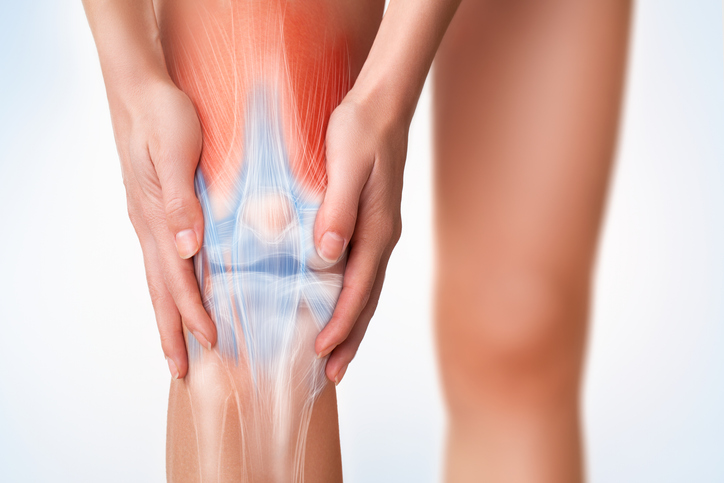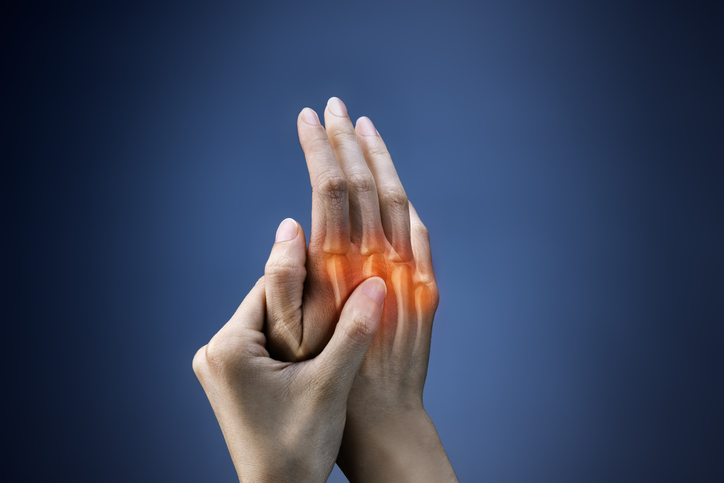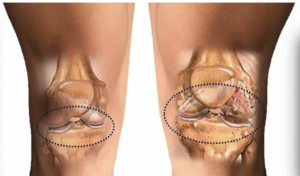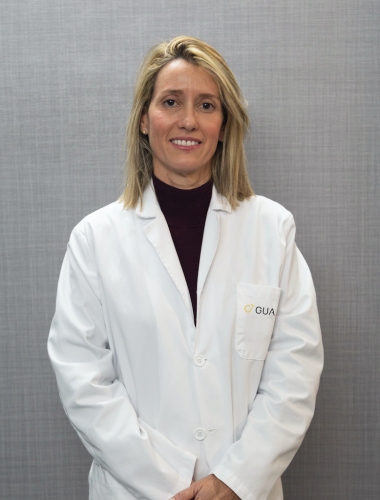

In the Rehabilitation Unit of our centre, we have a specialised team with extensive experience in the treatment of tendinous and musculoskeletal diseases, as well as those affecting the neurological system.
We offer personalised treatments and apply pioneering techniques thanks to the advanced technologies at our disposal to offer solutions without the need for surgery.
Treatment of tendon and musculoskeletal diseases
We carry out a clinical assessment and diagnosis under ultrasound control. The personalised treatment is carried out using pioneering techniques that do not require surgery, such as platelet-rich plasma (PRP), hyalhuronic acid, boltulin toxin, shock waves and ultrasound-guided neurological blocks, with all techniques supervised by ultrasound monitoring.
After a fracture, the bones are not perfectly aligned; this can lead, over time, to the recurrence of pain, and these defects in consolidation are treated comprehensively as well as ligament injuries such as tendinitis, sprains, epicondylitis, injuries in which we work with precise and decisive therapies, which allow the patient to achieve maximum mobility and autonomy.
Treatment of diseases affecting the neurological system
We treat carpal tunnel entrapment syndromes in which neurological blocks provide a solution to an annoying and painful condition; tension headaches, facial paralysis, pain in the shoulder, buttock, knees, elbow, feet, applying innovative and effective treatments with botulinum toxin infiltrations, neurological blocks or radiofrequency.
The shoulder is a frequent site of sports injuries in swimmers, tennis players, golfers, sailors, and also in non-sporting people due to overuse in everyday life.
- Rotator cuff tendinitis. The set of 4 tendons that make up the rotator cuff may be inflamed or suffer a rupture in one or any of them. On many occasions this generates unbearable pain, causing the patient to stop moving the limb, producing a frozen shoulder. The diagnosis and appropriate treatment helps to relieve the pain and the recovery of the patient's mobility, allowing him/her to quickly return to his/her sporting, work or common activity. Ultrasound-guided PRP infiltrations allow the cuff to be repaired and normal shoulder functions can be restored.
- Tennis elbow: epicondylitis causes pain on the outside of the elbow, sometimes extending to the wrist and resulting in an inability to hold things.
- Golfer's elbow: epitrochleitis causes pain on the inside of the elbow with limited elbow extension.
The hand is a necessary tool for daily activities. Injuries involving the hand result in discomfort with limited gripping, opening and grasping.
- Rhizarthrosis: It is the arthrosis in the trapezium metacarpal joint in the first finger, very frequent in the population over 55 years old and that causes, among other symptoms, the inability to open canned food, wring out a chamois, open cans, etc. It is a degenerative disease that frequently affects women, but also appears in professions with repetitive use in their daily work, such as hairdressers, carpenters, electricians, cooks. Classical treatments such as anti-inflammatory drugs, exercises or conventional rehabilitation techniques are sometimes not enough. Infiltrations with platelet-rich plasma extracted from the patient himself in the affected joint are a novel alternative because they reduce pain, improve the mobility of the finger and delay surgery.
- Carpal tunnel syndrome: this is a compressive neuropathy of the median nerve that affects 3% of the population, mainly women over the age of 50, and is included among occupational diseases. It is caused by increased pressure in the carpal tunnel. The population most at risk of suffering from this pathology are pregnant women, hairdressers, diabetics, obese people and manual workers. It is characterised by a morning pain in the hand and a tingling sensation that causes an irrepressible desire to shake hands.
-Cervical: the change in the working model, the hours spent in front of the computer, the use of the mouse, teleworking and the hours spent sitting down can cause discomfort in the neck, producing cervical myofascial syndromes of the temporomandibular joint, tension headaches, chronic disability. All these problems can be treated with physical therapies and specific botulinum toxin injections in each muscle to help the pain disappear.
-Lumbar spine: this is the part of the spine that causes most disability, causing stiffness, pain in the buttock or along the leg, leading to a bad night's rest and therefore limiting the performance of our usual activities. The various specific interventional therapies allow pain relief and a smooth return to daily life.
Hip injuries usually present with localised pain in the groin that may occur with walking or exertion. Depending on its origin, it may spread to adjacent areas of the thigh. Hip pain can have multiple causes, affecting both articular structures (bones, articular cartilage and labrum) and extra-articular structures (tendon insertions, bursae, musculature). These frequently include coxarthrosis, femoroacetabular impingement, trochanteritis, tendinopathies, pyramidal syndrome.
The musculoskeletal pathology of the knee is wide-ranging and includes different painful conditions depending on the damaged structure. We can find knee pain related to osteoarthritis, patellofemoral syndrome (chondromalacia patella), goosefoot tendinopathy, collateral ligament injuries, Baker's cyst, iliotibial band friction syndrome, patellar or quadricipital tendinopathy. The treatment of these clinical pictures will be individualised. Depending on the painful structure and the general condition of the patient, we will seek resolution of the pain and functional improvement of the knee.
Knee osteoarthritis is a common cause of pain in the general population. The knee joint consists of the femur, tibia and patella. The articular surfaces of these bones are surrounded by cartilage, which supports frictional loads by distributing forces evenly. The alteration of this cartilage produces an alteration in the loads that results in pain, which will appear with physical activity, walking and standing, along with deformity and eventually stiffness.
It usually appears more frequently in women after the age of 50, exceptionally at younger ages.
The guidelines to follow to reduce pain are usually lifestyle changes and weight loss. When these measures are insufficient, it is necessary to treat with analgesia through oral medication. In more advanced stages the application of invasive treatments may be the solution, such as the application of intrarticular corticosteroid infiltrations that help reduce pain. There are other types of treatments that, in addition to reducing pain, preserve the cartilage and slow down the evolution of the disease, such as hyaluronic acid or PRP. All these measures can be a solution to avoid or lengthen the surgical treatment of the same.

The foot is subject to numerous painful pathologies that also affect stability and gait. Conditions such as recurrent ankle sprains, Achilles tendonitis, plantar fasciitis due to spurs or not, bunions, ankle osteoarthritis, metatarsalgia, neuromas, all involve pain in the foot, which can be very limiting and lead to an inability to walk. The application of non-surgical treatment is extensive, helping to resolve the inflammation and therefore pain, recovering the function of the foot.
Your recovery and well-being are fundamental. If you are facing an injury or need rehabilitation to improve your quality of life, don't hesitate to contact us. Schedule your appointment with our rehabilitation team today.

